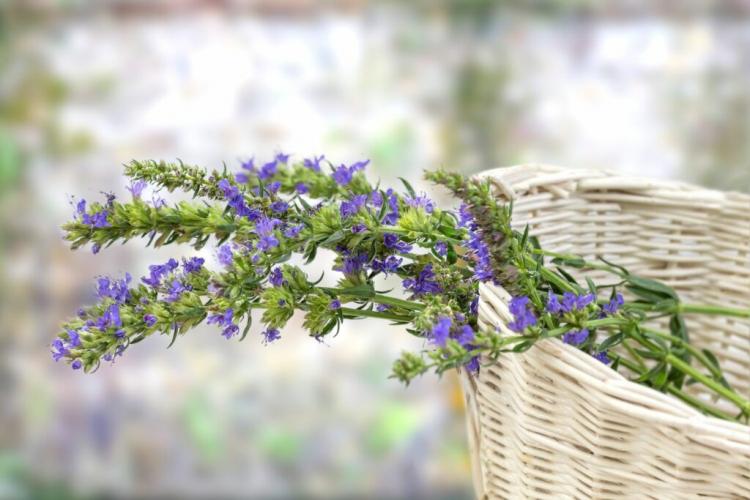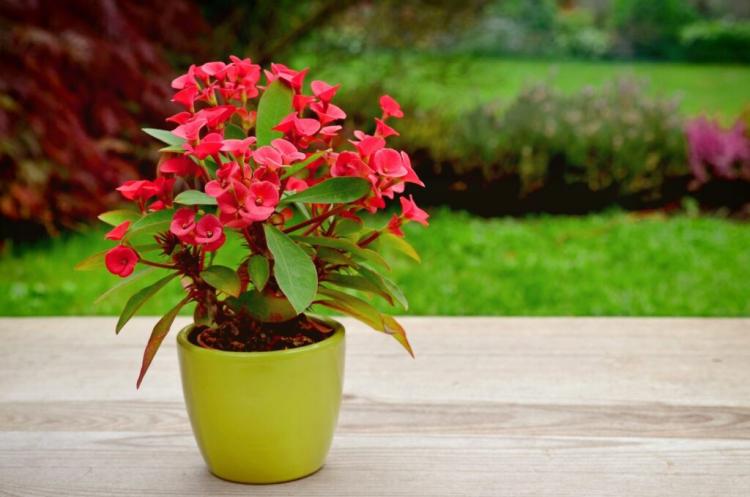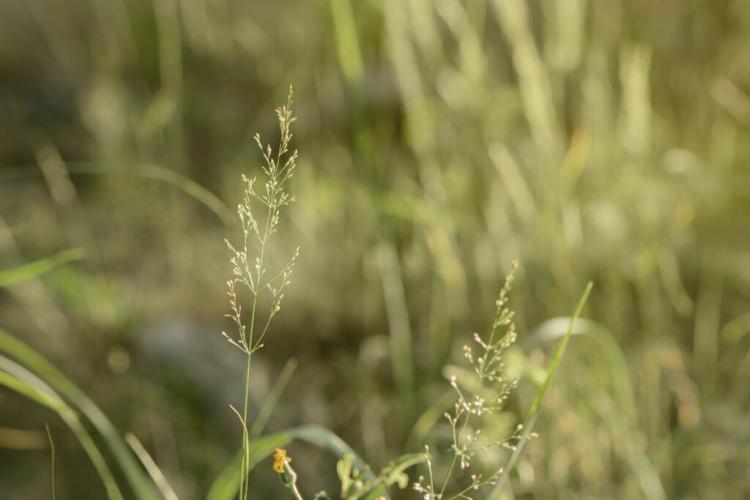Scarifying, aerating & sanding lawns: what is best when?
Scarifying, sanding and ventilating – everything should help the lawn to grow better. But where is the difference and when is what best?
Anyone who is not very familiar with lawn care will quickly be confused by the jungle of terms surrounding scarifying, ventilating (synonym: aerating) or sanding. It's actually not that complicated at all. We explain briefly and succinctly what the three maintenance measures are and in which gardens they should be carried out. First of all, it should be mentioned that scarifying begins after a deep cut of the lawn. This is followed by ventilation and sanding if necessary.
Scarifying the lawn: fact check
Table of Contents
Lawn scarifying is used to combat moss and thatch. Both occur on average loamy garden soils, without really being able to prevent them. Various factors such as shade, particularly heavy soil, unfavorable pH values or a lot of precipitation can increase the formation of moss in the lawn. The growth of moss is kind of a vicious circle. If the moss is not removed regularly, the lawn will become weaker and weaker and the moss more and more dominant. It is therefore important to remove the moss from the lawn at least once a year, i.e. to scarify the lawn. Spring is the best time for this, because a lot of moss usually forms over the cold season. A scarifier rakes the sward and only slightly scratches the ground. In this way, the grass roots are largely spared, but the superficial moss is uprooted.
You can find out here how to best proceed when scarifying the lawn.
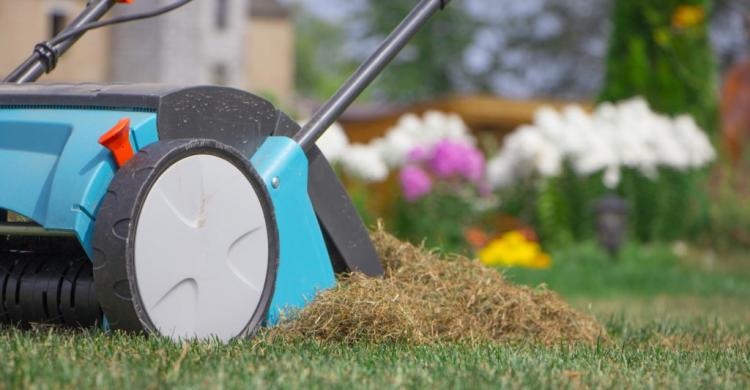
Moss and thatch can be removed with a scarifier [Photo: mykhailo pavlenko / Shutterstock.com]
Ventilate the lawn: fact check
The aim of aerating the lawn, also known as aeration, is to improve the permeability of the soil for air and water. The supply of air to the grass roots is very important for a beautiful, healthy lawn and little moss and weed infestation. It is also important that the soil allows water to flow through well so that the grass roots are not waterlogged. The permeability of the soil depends on its texture, i.e. on its sand, clay and silt content, as well as its load and the resulting compaction. Higher proportions of sand and silt promote a good air supply for the grasses, while higher proportions of clay make air less accessible and can cause water to build up.
There is little that can be done about the composition of the soil. An attempt is made to regenerate the compaction caused by stress by aerating the lawn. When aerating the lawn, special aeration devices with sticks easily penetrate the soil. Air penetrates the ground through the holes and rain can drain away more quickly. In the case of very loamy soils, however, this measure can also result in the punched cavities leaving behind compaction and preventing the air from penetrating the soil better. In order to reduce this risk, ventilation is principally only carried out when the ground is dry.
How do I know if I should ventilate my lawn?
To do this, on a day when the soil is dry, but not dried out, do the following experiment:
Use a spade to dig out about 8 inches of soil from a patch of lawn that is walked on an average number of times and not under a tree. Fold the soil backwards so that you can simply tip the entire piece of soil back afterwards without damaging the surface of the lawn.

Floors are built up in different layers [Photo: michal812 / Shutterstock.com]
Now look at the earth and then reach into it with your hand:
- Well drained soil is quite fine and easy to rub between your fingers. Unless you find it difficult to break off a piece of earth to pick it up and crumble, you probably don't have very heavy, compacted soil and can save yourself the need to ventilate it.
- If, on the other hand, it took strength to get the spade piece of earth out of the ground and the soil sticks together tightly, then your soil is either very heavy, compacted, or both. If you ventilate your lawn when it is dry, you can improve its water and air permeability.
If you are still not sure, you can still do the finger test. To do this, you moisten a piece of soil drop by drop until it is damp and the soil is doughy. If the floor swims out of your hand, then it is best to start all over again.
- Soil with a high proportion of sand absorbs the water quickly and is immediately moist
- Soil with a high proportion of silt absorbs the water at medium speed, but still retains its structure quite well. It feels floury and fine and has a high plasticity. In contrast to clay, however, it does not stick.
- Soil with a high clay content needs a bit of water to get wet and it also takes longer to soak up water. It feels like it can be used to make pottery.
- From the moistened soil, try to roll out a punch on the palm of your hand that is thinner than a pencil. You will hardly succeed in sandy soil, silty soil can be rolled up, but does not stick so well and is easily brittle. Clayey soil can be wonderfully rolled out very thinly without tearing.
- Basically, sand, silt and clay can be found in almost all soils. When it comes to the texture or type of soil, it is more about how large the respective proportions are. High proportions of sand ensure good aeration, high proportions of silt ensure the best water supply and the greater the clay content, the greater the risk of water stagnation and lack of oxygen. There is often talk of heavy or loamy soil. Then soil with a high clay content is always meant.
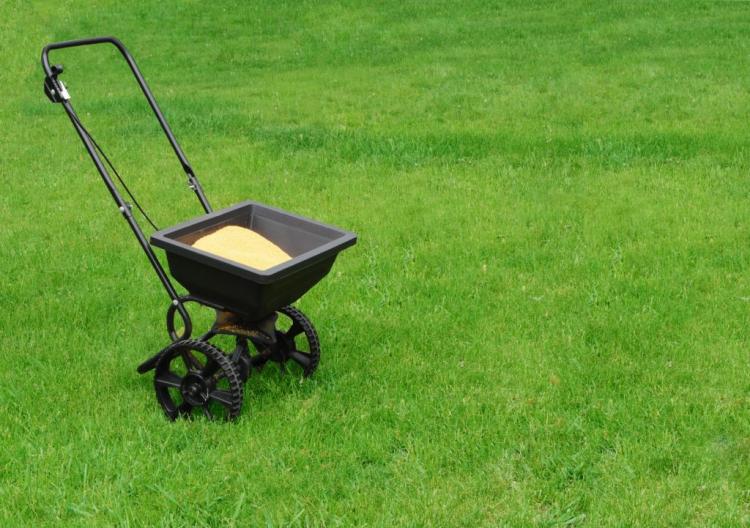
The sand can be spread evenly with a sand cart [Photo: Le Do / Shutterstock.com]
Sanding the lawn: fact check
If your lawn is unlucky enough to have to grow on heavy soil, the lawn sand can help to make the soil structure a little more lawn-friendly, i.e. more air and water permeable. You read that right: with lawn sand, just like ventilation, it is about improving the supply of air and water to the grass roots. Sanding, like airing, is therefore particularly recommended for heavy soils and, if aired, is usually carried out afterwards. Then the sand can wonderfully penetrate the holes created during ventilation and thus make the effect of the ventilation even more sustainable. When sanding the lawn, pay attention to the correct amount and the correct grain size of the sand.
* in cooperation with Floragard
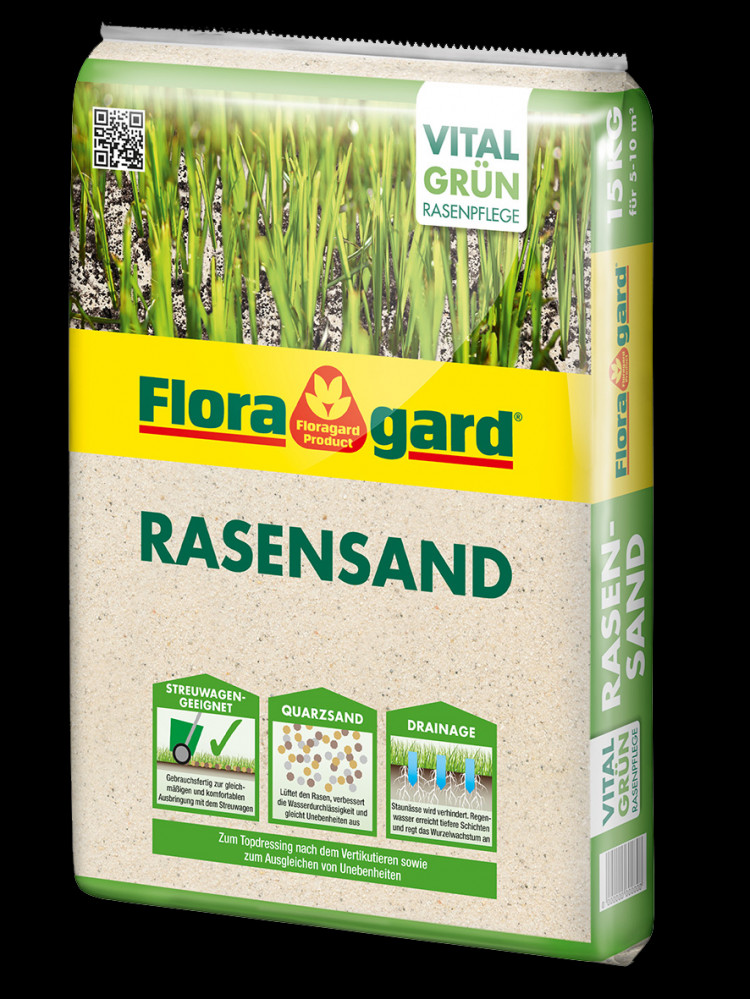
Scarifying, aerating or sanding the lawn: the bottom line
Scarifying the lawn is part of the standard program for a slightly mossy and matted lawn. If you want to save yourself the work, this usually has negative consequences: The moss is getting more and more and the lawn is getting worse and worse. As a result, the weed infestation increases and the subsequent control of all these problems is very costly.
Aerating and sanding, on the other hand, is more for professionals who want to optimize the growth conditions for your lawn. In light, sandy soils, these measures are superfluous; in heavy soils, aerating and sanding can actually strengthen the lawn. Strong, healthy lawn is more resistant to diseases, weeds and moss and is therefore definitely worth striving for.
We would also like to point out that on medium-heavy soils, timely overseeding with a light sward (after scarifying), regular lawn fertilization – for example with our Plantura organic lawn fertilizer – and regular lawn cutting are more important for a beautiful and strong lawn than the airing and sanding.


